VATICAN CITY (CNS) – For more than 700 years, the Catholic Church has celebrated “jubilee” or “holy” years as special times to renew people’s faith and experience God’s forgiveness, particularly by going on pilgrimage.
The official Vatican website for the Holy Year 2025 — www.iubilaeum2025.va — says, “In 1300, Pope Boniface VIII called the first Jubilee, also known as a ‘Holy Year,’ since it is a time in which God’s holiness transforms us.”
Popes typically announce a jubilee every 25 years, although extraordinary holy years have been proclaimed for special anniversaries and occasions — for example, the Holy Year 1983 marked the 1,950th anniversary of Christ’s death and resurrection, and the 2015-2106 Jubilee of Mercy called all Catholics to reflect on God’s mercy and compassion.
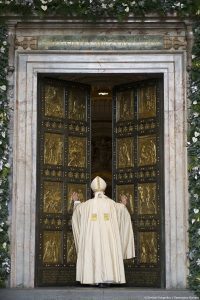
While the main purpose and some of the key features of a holy year have remained unchanged over the centuries, each pope who called a jubilee has put his own spin on it, usually in response to changes he sees in the church or the world.
The preparations for the Holy Year 2025 officially began in February 2022 when Pope Francis announced the jubilee’s theme, “Pilgrims of Hope,” and said the focus would be on “restoring a climate of hope and trust” after the coronavirus pandemic and on helping people repair their relationships with God, with each other and with the Earth.
But the formal kickoff for a holy year is the publication of a papal “bull of indiction,” and the pope’s formal delivery of the document to the archpriests of the papal basilicas of St. Peter, St. Paul Outside the Walls, St. John Lateran and St. Mary Major and other church representatives.
The document is named for the round seal — a “bulla” in Latin — which used to be made of metal and is now simply an ink stamp. The bull officially announces the opening and closing dates of the holy year and outlines the aims of the celebrations.
Excerpts of the bull are read in front of the bricked-up Holy Door of St. Peter’s Basilica in the presence of the pope.
The removal of the bricks, the opening of the Holy Door by the pope and pilgrims passing through the doorway are central symbols of a jubilee celebration and have been since the Holy Year 1500 during the papacy of Pope Alexander VI.
The current Holy Door, with its 16 bronze panels made by Vico Consorti, were consecrated and the door first opened Dec. 24, 1949, by Pope Pius XII in proclamation of the 1950 Jubilee, a scene represented in the bottom right panel.
For centuries, the doors were opened with a silver hammer, not a key, “because the doors of justice and mercy give way only to the force of prayer and penance,” according to “Mondo Vaticano,” a mini encyclopedia published by the Vatican.
The theme of human sin and God’s mercy is illustrated in the other 15 panels on the door, with episodes from both the Old and New Testament, including the Fall of Adam and Eve, the Annunciation, and the Prodigal Son.
Between the panels on the door at St. Peter’s are little shields with the coats of arms of all the popes that have opened it for a holy year.
Another key ingredient of a holy year — one that is much less tangible and often confusing — are the indulgences that pilgrims receive during a jubilee after making a pilgrimage or doing some sort of penance, going to confession, receiving Communion, making a profession of faith and praying for the intentions of the pope.
Perhaps as an indication of the confusion, Vatican News published a 3,200-word article about indulgences May 7.
The Code of Canon Law says, “An indulgence is a remission before God of the temporal punishment for sin, the guilt of which is already forgiven.”
With an indulgence, Vatican News said, “one can obtain more than simple forgiveness and, in fact, return to the state of grace one had with baptism. It is as if the slate were wiped clean, given a complete wash.”
“An indulgence is a mercy that, like abundant rain, falls on a person and transforms him or her, orienting the person to goodness, to love, to fraternity,” healing what sin had wounded, Bishop Antonio Staglianò, president of the Pontifical Theological Academy, told Vatican News.
In the modern era, a holy year is made up of dozens of specific jubilees. No matter how young or old, no matter what their vocation or profession, almost every Catholic will find a date set aside for him or her on the Vatican’s Holy Year 2025 calendar.
Journalists, artists, soldiers, grandparents, deacons, prisoners, government officials, missionaries and the poor all will have their day. The calendar is available on the Holy Year 2025 website.


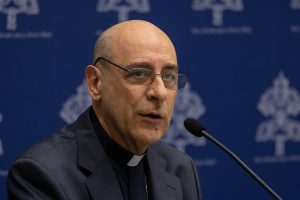
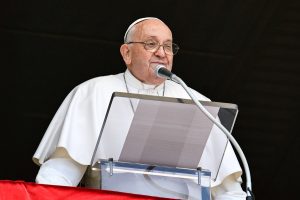
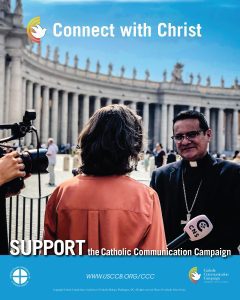
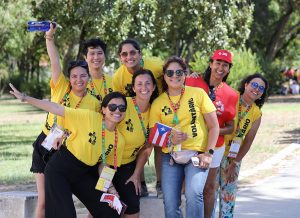
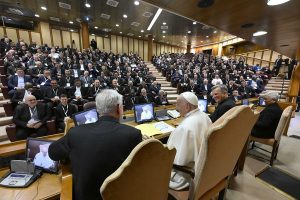
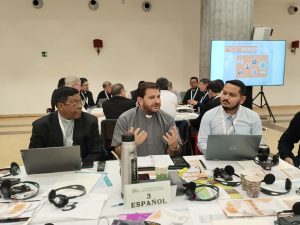
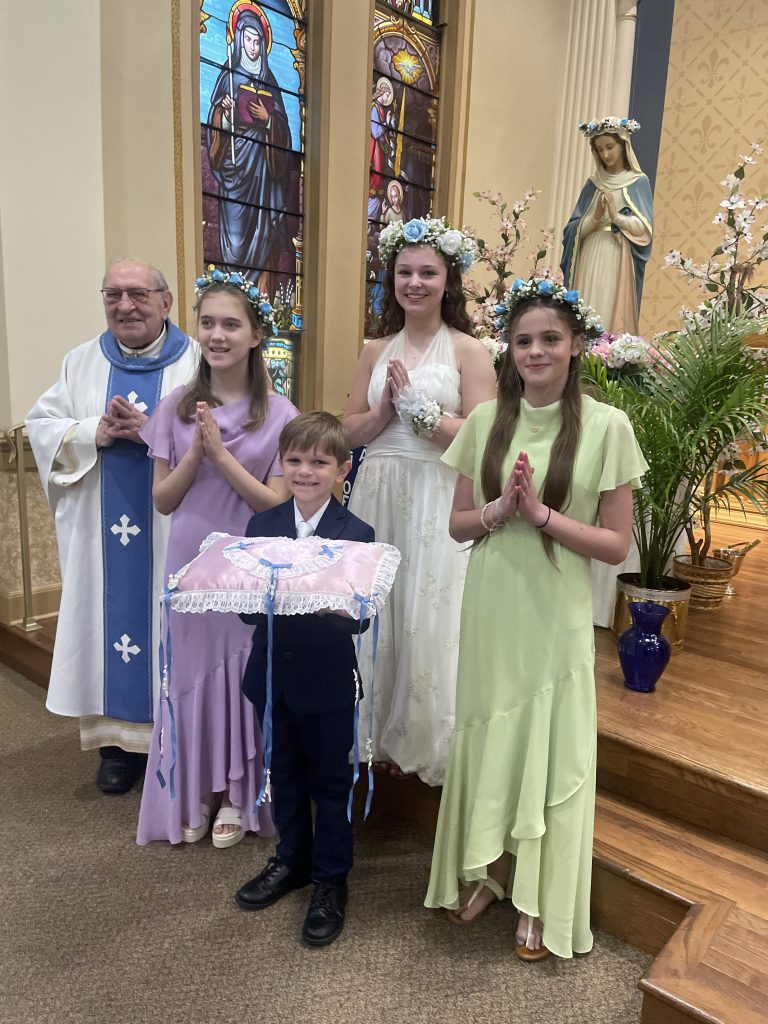
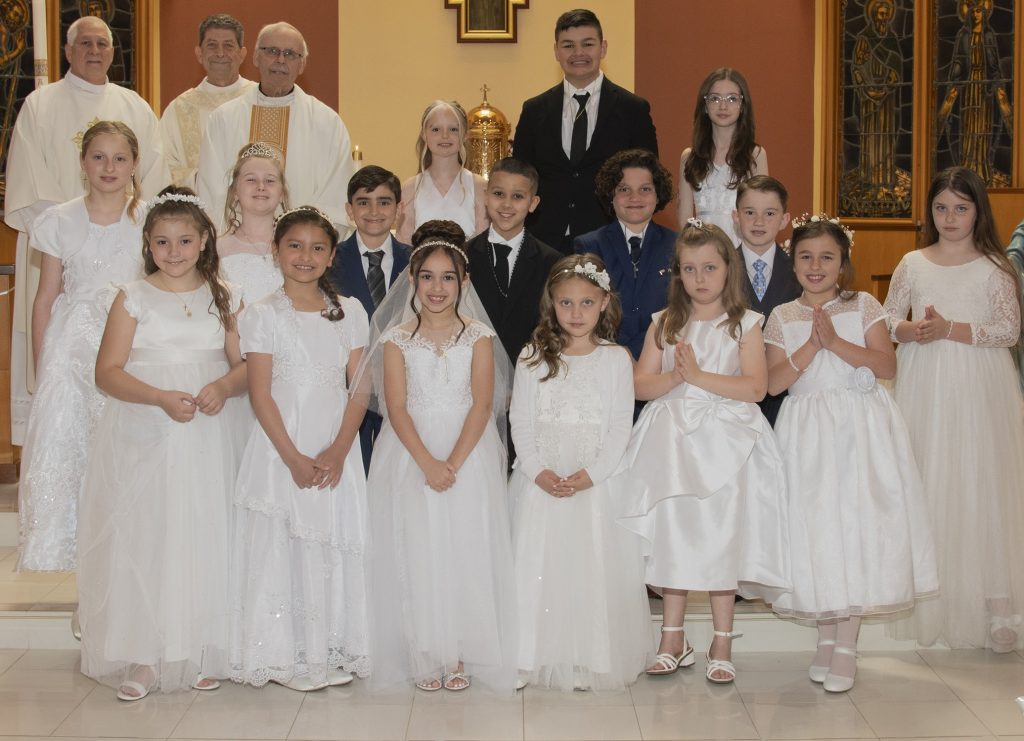 An overcast sky eased seamlessly into sunshine as sixteen area children received the Sacrament of Holy Communion for the first time at St. Patrick’s in Milford.
An overcast sky eased seamlessly into sunshine as sixteen area children received the Sacrament of Holy Communion for the first time at St. Patrick’s in Milford.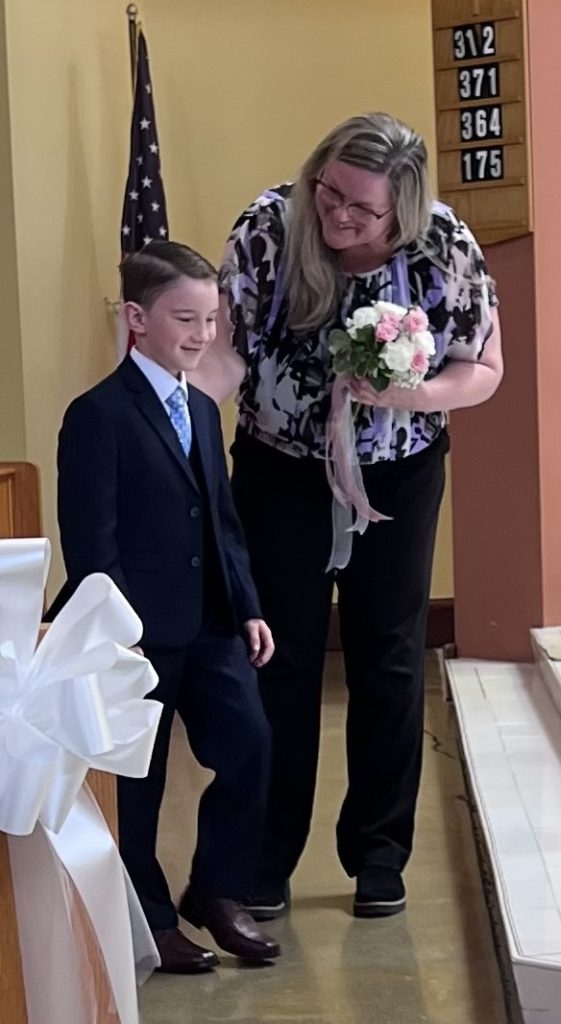 Catechist Mary Caraballo, who prepared the children for the reception of the sacrament over several months, was presented with a bouquet of flowers by Jack Young, one of the new communicants.
Catechist Mary Caraballo, who prepared the children for the reception of the sacrament over several months, was presented with a bouquet of flowers by Jack Young, one of the new communicants.